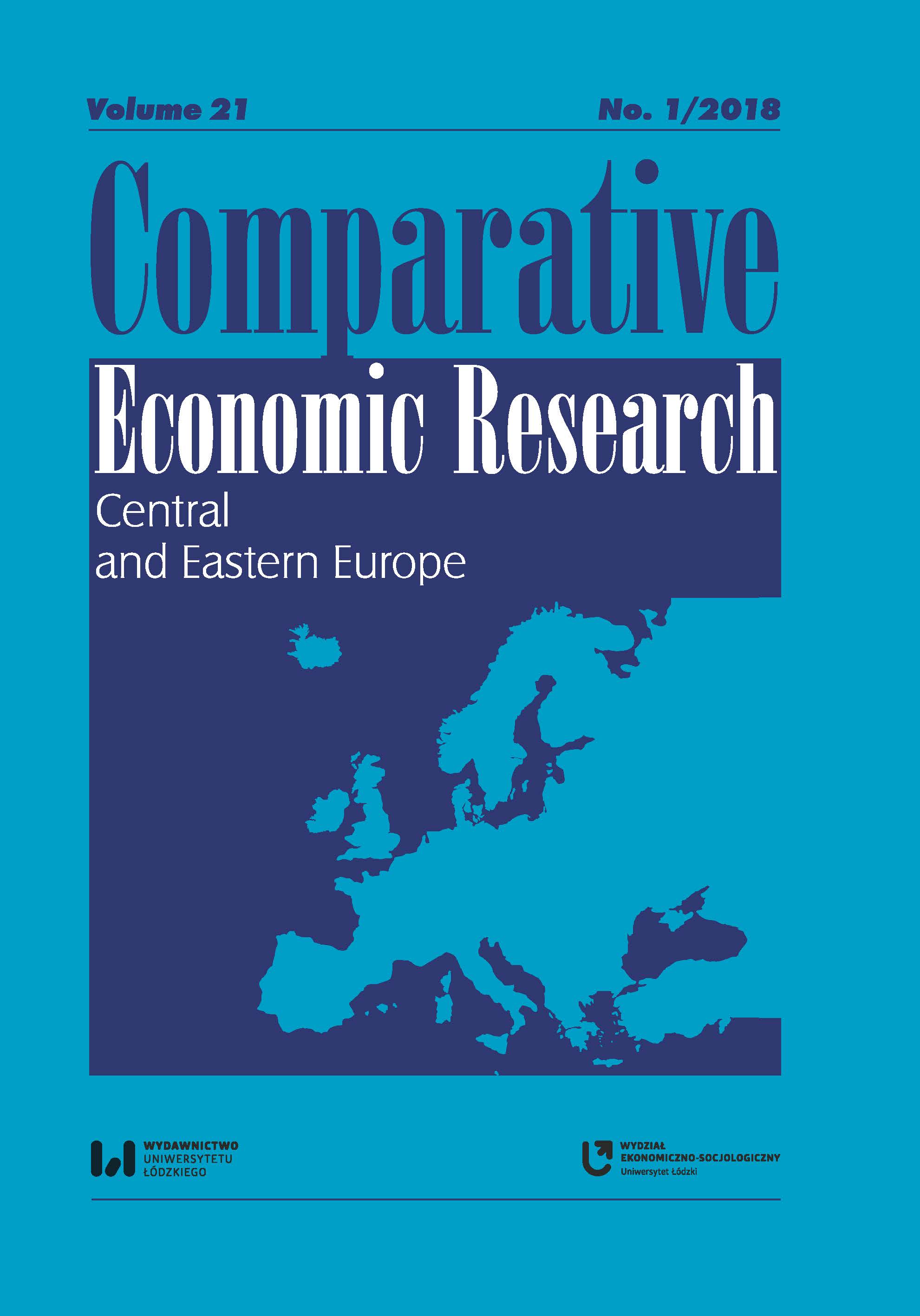Competitiveness as the Ability to Adjust: the EU–10 Exports Structure and Its Convergence to the German Pattern
Competitiveness as the Ability to Adjust: the EU–10 Exports Structure and Its Convergence to the German Pattern
Author(s): Elżbieta Czarny, Małgorzata ŻmudaSubject(s): National Economy, Business Economy / Management
Published by: Wydawnictwo Uniwersytetu Łódzkiego
Keywords: catching‑up economy; exports specialization convergence; macro competitiveness; EU–10
Summary/Abstract: Competitiveness of a nation is associated with a set of characteristics that enable structural adjustment to global technological trends, and as a consequence, a rise in the living standard of its citizens. For catching‑up economies, GDP convergence towards the most developed economies, constituting their developmental goal, relies upon its ability to shift production and exports structure towards specialization based on knowledge and innovation. Thus, in this paper, competitiveness is evaluated through structural adjustments of exports, and for catching‑up economies (the EU–10 states) it may be understood as the ability to close the structural gap to the most developed countries (here: the strongest EU member economy: Germany). We analyse the evolution of the EU–10 nations’ exports specialization in the years 2000 and 2014, checking whether the convergence towards the German exports pattern can be observed, and which of the analysed economies shows the best ability to shift its exports structure towards high‑tech specialization. We look additionally at exports structures in 2004 (the year of EU‑accession of eight out of 10 countries in the sample) and in 2009 (world trade collapse during the economic crisis). The analysis is based on the Revealed Comparative Advantage (RCA) concept by Balassa (1965). We use the UN Trade Statistics data in the Standard International Trade Classification (SITC), Rev. 4. Commodity groups are classified following the methodology developed by Wysokińska (1997, p. 18).
Journal: Comparative Economic Research. Central and Eastern Europe
- Issue Year: 21/2018
- Issue No: 1
- Page Range: 119-133
- Page Count: 15
- Language: English

